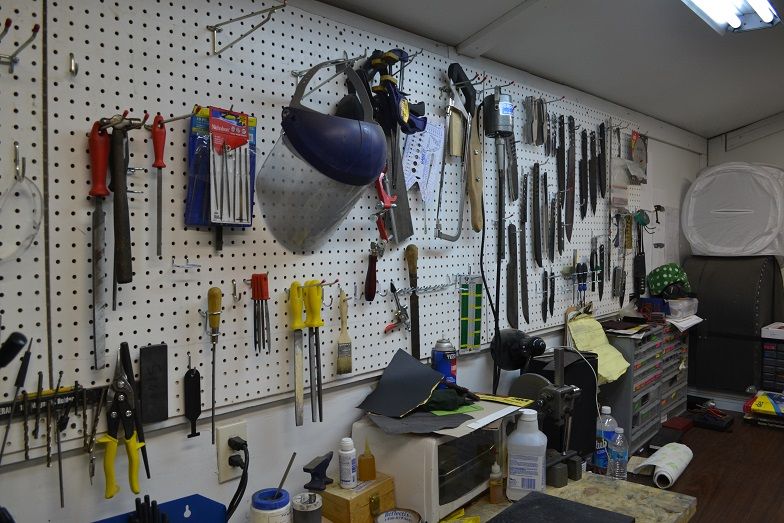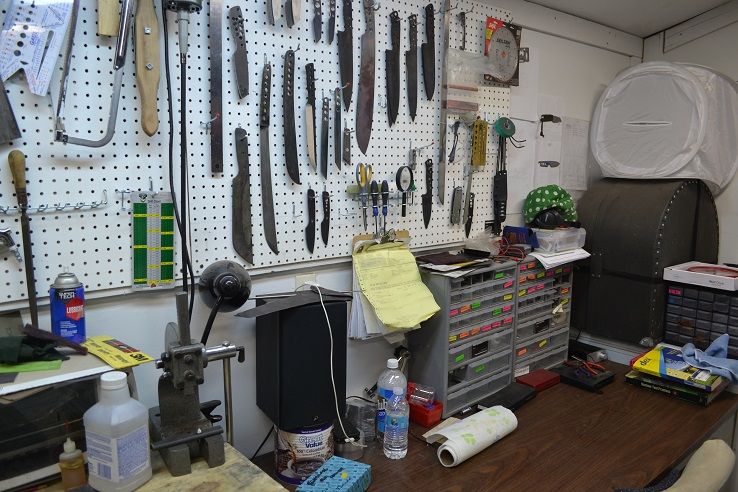- Joined
- Feb 10, 2014
- Messages
- 189
Hey guys. Im just wondering how people do their templates. I have tried making one out of plywood and it just kind of chips and breaks up as it gets kicked around. I have also seen people tape or glue their paper templates onto their steel. All of my paper drawings have been saved onto my computer so I could easily print a template off when I need to. Just wondering how people do it so I can hear some other ideas and choose how to do it for myself when the time comes to actually need templates.



